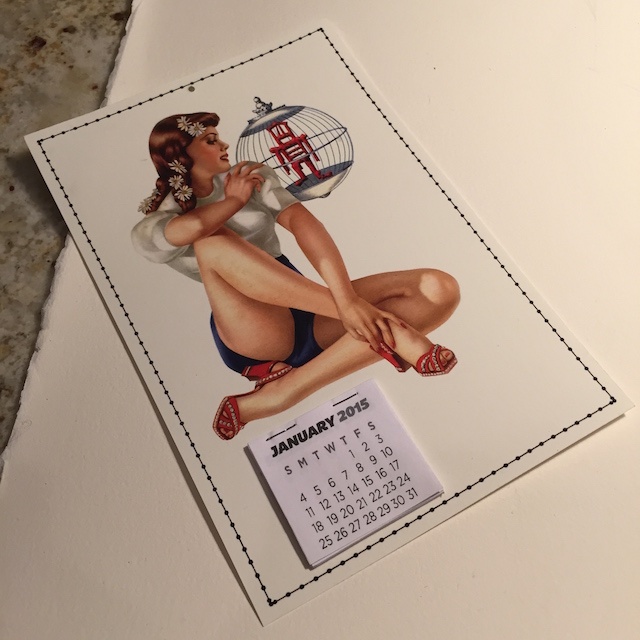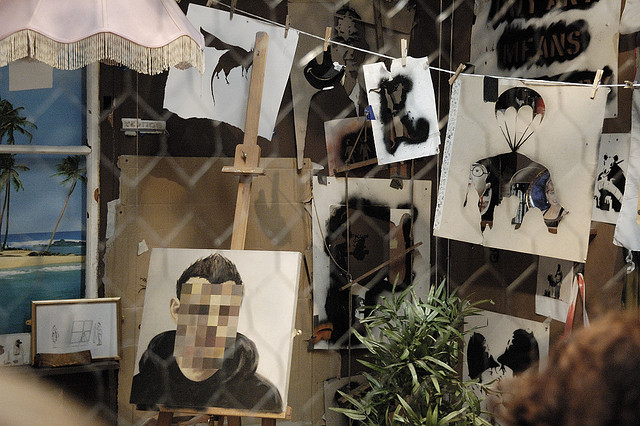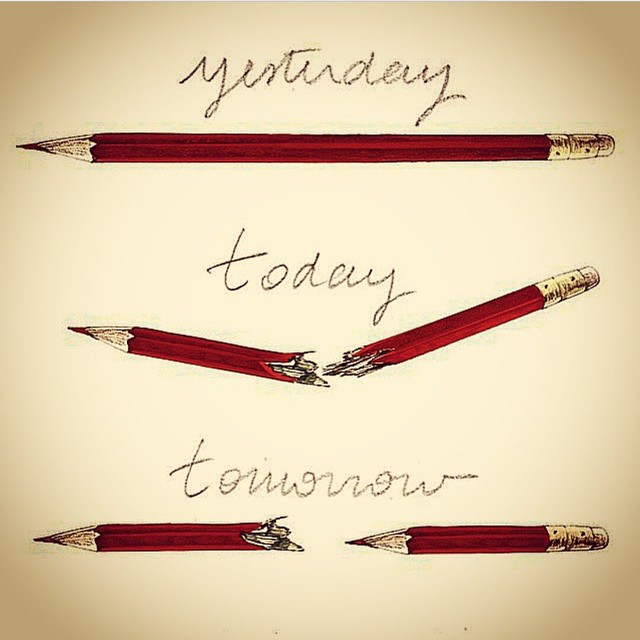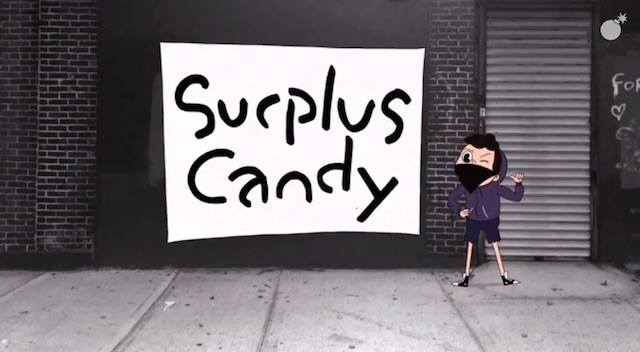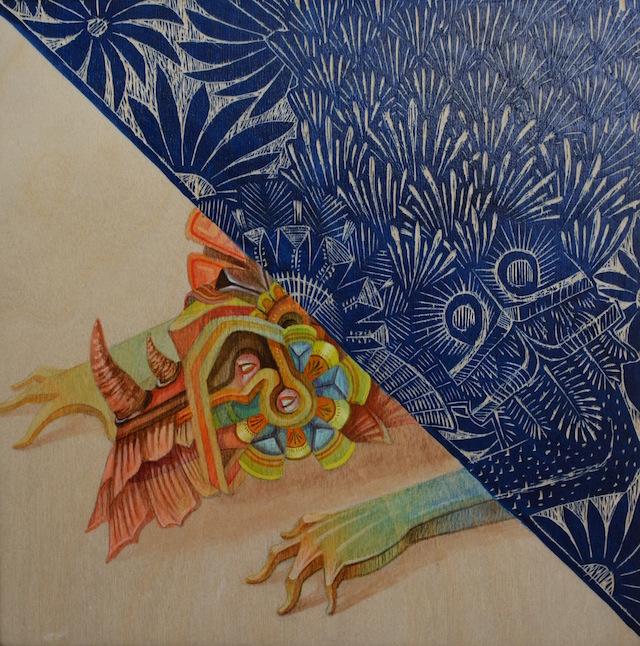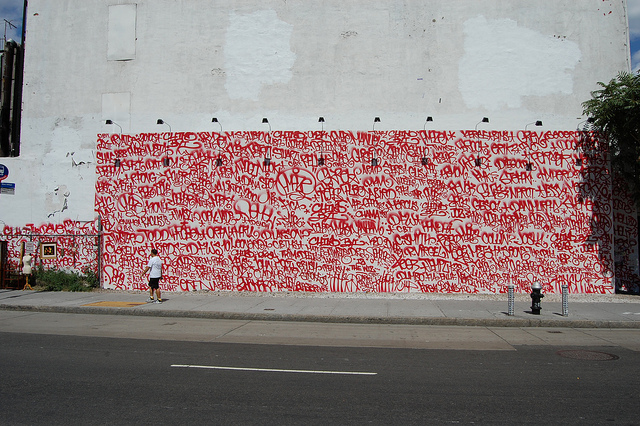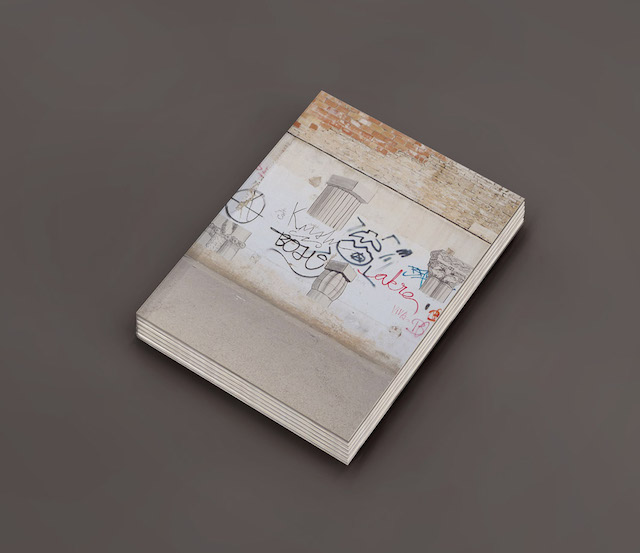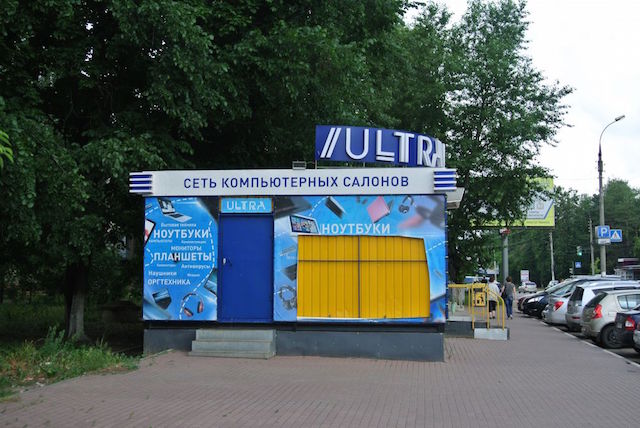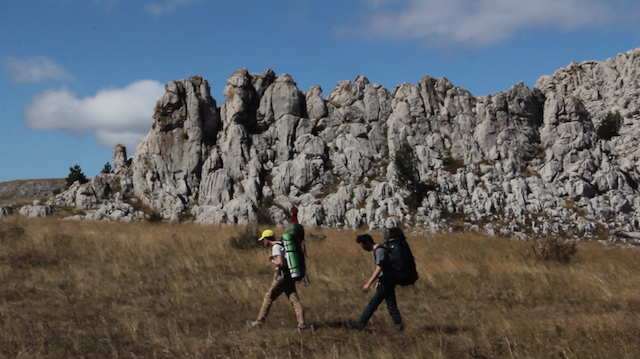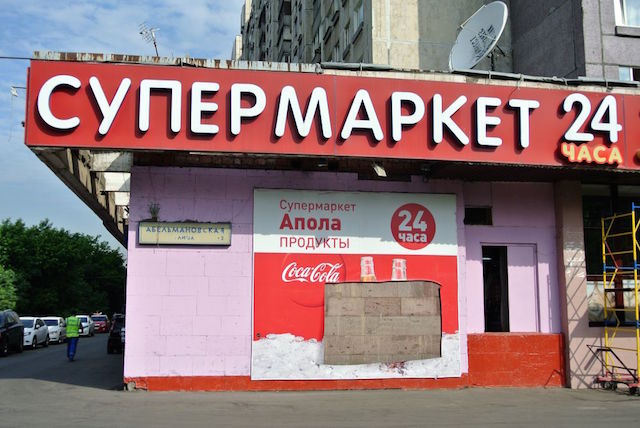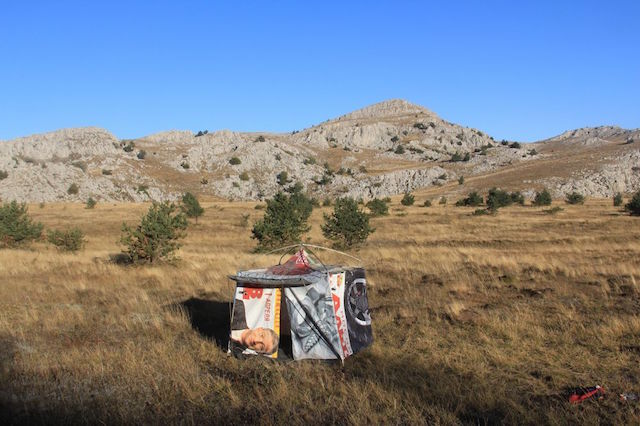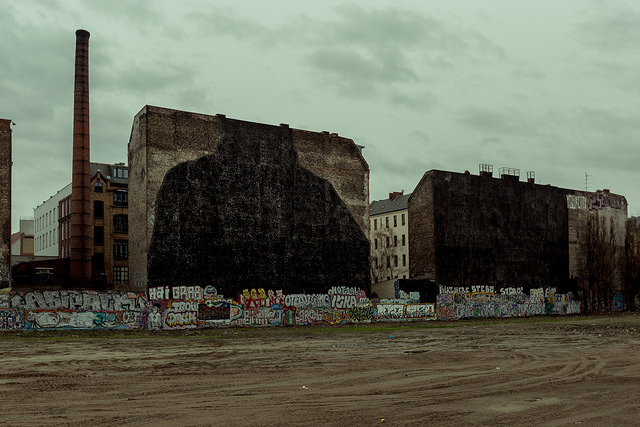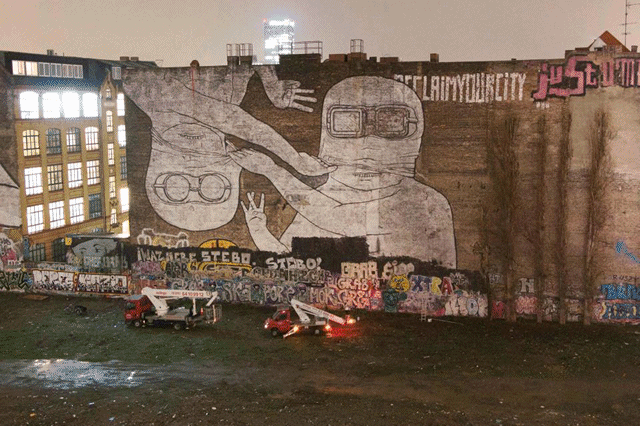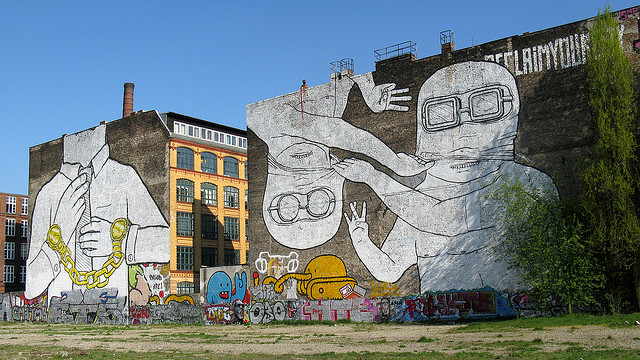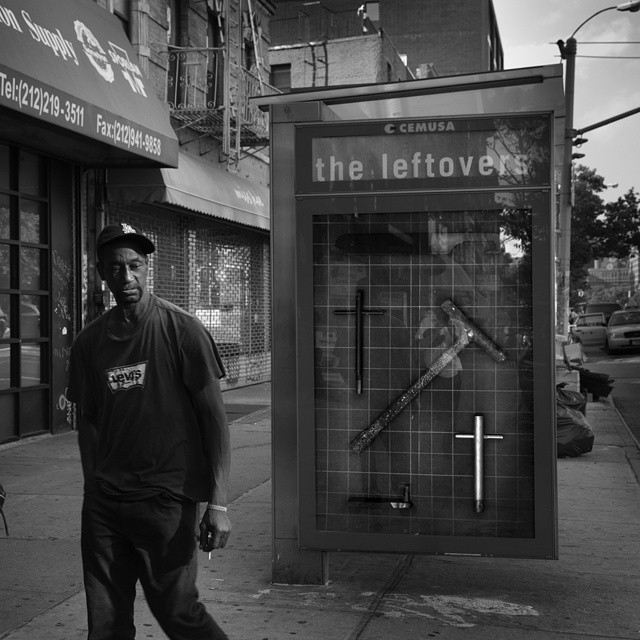
Ever wanted to place your own messages into bus shelter advertising kiosks? Well, now it’s easier than ever with PublicAccess from PublicAdCampaign, a new service that will provide you with just the proper art object for opening up ad kiosks in your city.
Since November 2013, Jordan Seiler and a handful of other artists and street art photographers have been using the somewhat curious hashtag #yeahwegotkeysforthat on Instagram. While it was never quite a secret what was going on, perhaps PublicAdCampaign’s most ambitious project to date remained in semi-stealth mode until today. The results of the project were never secret, but it was never fully explained either.
If you were paying close attention, you would discover that Seiler was manufacturing and distributing sculptures to artists around the world. These sculptures double as “keys,” to bus shelter advertising kiosks around the world. Slowly, Seiler has been buliding up an inventory of various key designs (the locks are standarized across a given public transit system, but can vary from city to city) and mapping out where each design works. New York? Yeah, he’s got keys for that. London? Yeah, he’s got keys for that. San Fransisco? Yeah, he’s got keys for that. Hence the hashtag.
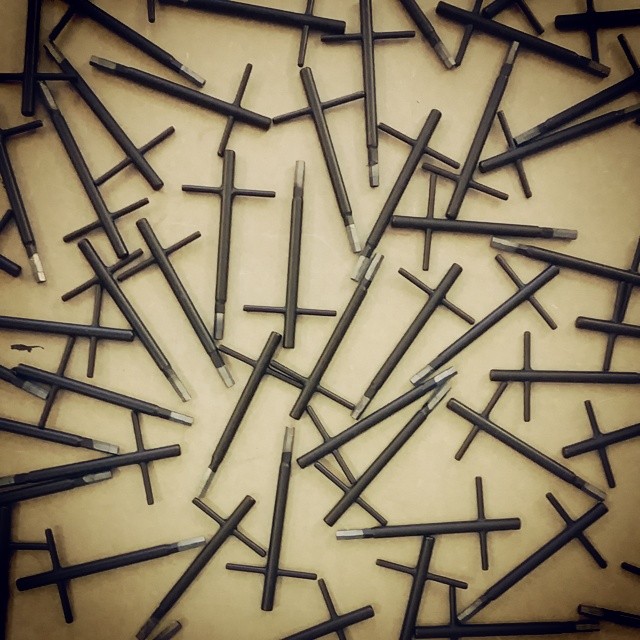
Until today, Seiler was just distributing the keys to friends and word of mouth connections, but now he’s opening up the project to the general public. At PublicAccess, you’ll find a map telling you which keys work in which cities, as well as links to download each design for free as a 3D printable file or buy a premade key for $35. Now, everyone’s got keys for that.
The open source project is still in the process of expanding, with keys for more cities coming soon. In the mean time, even with just a few key designs, PublicAccess has greatly expanded the general public’s access to bus shelter advertisements.
Of course, the site carries the disclaimer, “THE TOOLS OFFERED THRU THIS SITE ARE HANDMADE ART OBJECTS AND NOT INTENDED FOR USE…” so keep that in mind while you’re using your key.
Photos by Jordan Seiler

